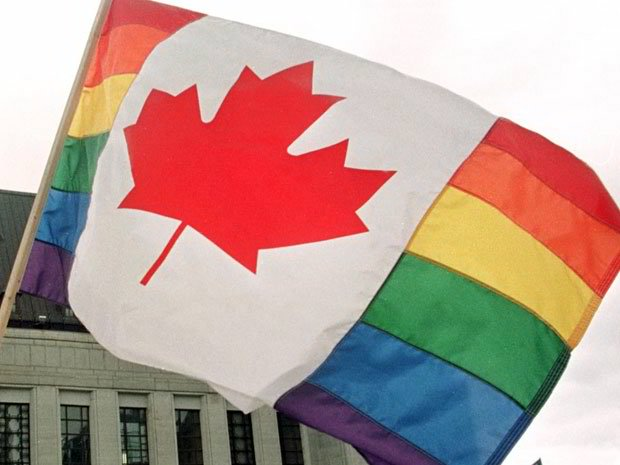Canada News
Montreal’s gay village looking for ways to reinvent itself amidst change
MONTREAL — Technological advances and changing lifestyles are forcing Montreal’s gay village to reinvent itself, with local businesses having to adapt to the reality that homosexuals feel increasingly comfortable in different corners of the city.
Merchants and gay activists point to mobile dating applications as a key reason for young homosexuals ditching bars and nightclubs as places to find partners.
“The determining factor is the Internet,” says Yves Lafontaine, editor-in-chief of Fugues magazine, the largest French-language gay publication in the province.
“Before 2005-06 the only place gay people could meet was in gay establishments. Now, the paysage has changed.”
Lafontaine also believes young gay men and women feel more at ease in most parts of the city and don’t look only to the village to live, shop and party.
What’s left is a neighbourhood in flux as businesses rely more and more on the summer tourist season to stay financially sustainable.
Peter Sergakis, owner of one of the city’s largest gay clubs, Sky, says he is certainly feeling the changes and that business in the winter is about one half of what it is in the summer.
“The winter is a disaster,” laments Sergakis. “This winter was the worst, and every (winter) is worse than the previous year.”
Year-round business, he notes, has dropped considerably since he bought the club in 1999.
Sergakis is thankful the city decided to ban car traffic during summer months on the main thoroughfare in the village, Ste-Catherine Street, giving businesses the opportunity to open patios and to attract families and many gay tourists.
“Thank God for the summer,” he said. “(Gay tourists) still come to the village, they draw our gay population to go and meet them,” he says.
Pascal Lefebvre, owner of competing gay club Apollon, located down the street from Sky, says business has declined by roughly 15 per cent in the past few years, which he estimates is similar to the drop-off for clubs in other entertainment districts of the city.
Jean-Marc Cardinal has owned and operated his barber shop, Mohawk Barbier Montreal, for 13 years and said, “for sure business is going down in the village.
”
He said the neighbourhood’s popularity peaked in the 1990s, when gay men and women in Montreal still faced significant harassment and discrimination in other parts of the city.
Gays and lesbians were pushed to the strip after city authorities shut down gay bars and clubs in anticipation of the 1976 Summer Olympics.
Gay villages across North America have become a victim of their own success and of society’s increased tolerance. New York’s Greenwich Village, formerly a gay and bohemian mecca, now hosts some of the most expensive real estate in America. New York currently has several areas in and around Manhattan that are considered gay-friendly neighbourhoods.
Toronto’s gay district, which intersects Church and Wellesley streets, must compete with other gay areas in the city such as West Queen West, according to Francis Gaudreault, with the Church-Wellesley Village Business Improvement Area.
Back in Montreal, Cardinal said he expects the village to stay predominantly gay for some time but that it needs to attract more people to live and work in the area and for entrepreneurs to invest in more than just clubs.
“There is a lot lacking in this neighbourhood,” he says.
“Most of the places are opening just to make money,” he said. “Gay people — just like straight people — like good food, good stores. It doesn’t need to be too gay — people don’t want that anymore. Even in the bars, it’s OK if there is 50 per cent straight people. That’s OK!”






















